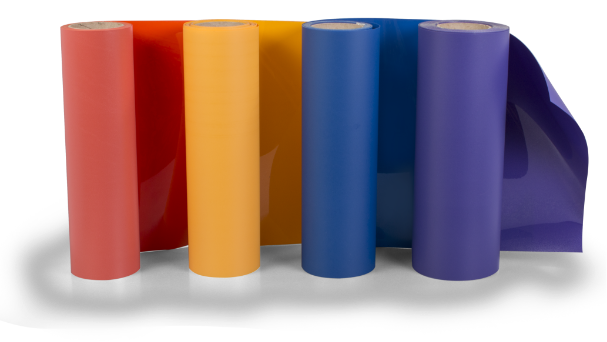
Don’t underestimate the importance of a sharp blade to the success of your CAD-CUT heat transfer results.
The High Cost of Not Caring for Cutter Blades
We know it’s easy to become frustrated when heat transfer materials are more difficult to cut and weed than expected. It’s also a huge cost to your business when materials don’t weed properly and easily. We take the quality of our heat transfer materials very seriously because we know that time is money, especially when you are cutting and weeding.
Which is why I want you to seriously consider the role of your cutter blade in this equation!
We have found that the fault is usually not with your cutter OR the materials—it’s usually the blade that is to blame for poor cutting production results.
There is indeed a very high cost to not using the proper blade or to using a damaged or dull blade.
Cutter blades are high precision tools. When they are manufactured, they are sharpened to within a few microns and when you receive them, they are usually very carefully wrapped and protected. As you know, Tungsten Carbide—the material out of which most blades are made—is extremely brittle. Even though it is one of the hardest substances known to man, it becomes susceptible to damage when it is ground to the fine edge needed for cutting heat transfer materials. Many blades are in fact ruined by carelessness before they even cut their first piece of material. And many more are ruined after the first round of cutting. This damage is often not visible without a microscope. In fact, if you can see that the blade is damaged without a microscope, there is usually no chance you can continue using that blade.
You have to handle your blades with care from the moment you take them out of their protective packaging. In addition, you have to change them regularly and you have to realize you can’t use the same blade and setting for cutting high-tech performance stretch materials as you would for cutting much more robust GlitterFlake or Reflective materials.
It’s better to have several knife blades set up and ready to exchange. The weeding time needed on a badly cut job will cost you much more than the expense of a new blade.
Here are some tips on how to prolong the life of your new blade and get better cutting results:
- Always start with a low pressure setting and do a test cut.
- If the initial cutting pressure is set too high, your blade can penetrate the backing paper and be damaged by the cutting strip or roller underneath, which is also not good for your cutter.
- If you make this mistake the damage is instant and reducing the pressure AFTER the damage still leaves you with a damaged blade.
- Use undamaged scraps of material for testing purposes. If you use scraps with uneven edges, your blade can be damaged during testing.
- Use extreme caution when removing blade and blade holder. Accidentally touching blades on parts of your cutter can also cause damage.
- Blades should always be stored separately with tips protected.
- When cutting thicker heat transfer materials, use a separate blade and one appropriate for the material that you are cutting.
- Keep several blades and holders ready for exchanging as you change materials, but never allow the cutting tip of the blade to touch anything other than the material you are cutting.
- Once the tip is damaged, the blade is irreparable.
We want you to have the best cutting results possible, with the least amount of time spent weeding. Our products are designed for ease of use but your blade plays a key role in your cutting success. If you are experiencing any problems when using CAD-CUT or CAD-COLOR heat transfer materials, please look into the possibility that you might need to invest in new blades. It could save you hours of time and frustration.



2 comments